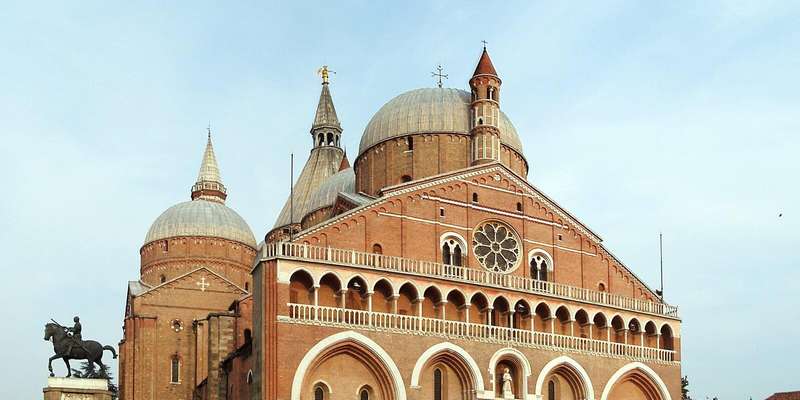- Home
- Useful Tips
- Best time to visit Padua's Orto...
Visiting Padua's UNESCO-listed Orto Botanico at the wrong time means missing nature's most spectacular shows. Over 60% of day-trippers arrive during peak summer hours, facing crowds while the garden's rarest specimens remain dormant. The frustration compounds when you discover the medicinal plant collection – the original purpose of this 1545 scientific garden – requires specific seasons for full appreciation. Morning light transforms the historic greenhouse into a stained-glass wonderland, yet most visitors never witness it. Locals know the secret: each section has its own biological clock, from spring magnolias to autumn seed exchanges. Without this knowledge, you're left with generic photos and surface-level experiences, while horticulture enthusiasts enjoy private access to flowering cycles most tourists never see.


Why summer crowds ruin Orto Botanico's magic
July and August bring the worst conditions for experiencing Padua's living museum. While the giant water lilies flourish, 80% of the garden's 6,000 species enter conservation mode under scorching sun. You'll queue behind cruise excursion groups just to glimpse shaded areas, missing the morning hours when pollinators activate the Herbarium's aromatic plants. The Renaissance-era hortus conclusus (enclosed garden) becomes uncomfortably humid, with many medicinal specimens wilting by noon. Savvy horticulturists avoid this season entirely – the microclimates designed for alpine plants and succulents work against casual visitors seeking vibrant colors. Even the iconic Goethe palm (dating to 1585) shows stress during peak heat, its fronds retracting until cooler evenings.
Spring's secret bloom schedule only locals know
Mid-March through May unveils the garden's true personality, with weekly surprises most miss. The magnolia collection – Europe's oldest – erupts in mid-March, while the biodiversity garden's wild tulips peak exactly when Venice's tourist tides are lowest. Time your Tuesday morning visit (when university botanists prune specimens) to catch the carnivorous plant greenhouse awakening. April brings the hidden gem: the orchid spirals in the butterfly garden, best viewed before 10am when sunlight hits their translucent petals. The arboretum's dawn redwoods sprout neon-green needles in late April, contrasting with ancient ginkgoes. For photographers, the golden hour before closing reveals the succulent collection's unexpected spring hues – a detail even guidebooks overlook.
Autumn's overlooked harvest festivals and seed exchanges
September and October offer unique botanical theater most visitors never witness. The garden hosts its annual seed exchange (third Sunday in September), where you can obtain rare specimens unavailable commercially. Morning dew transforms the medicinal plant beds into a living pharmacy display, with saffron crocuses and digitalis blooming alongside vintage harvesting tools. The aquatic plant pond becomes a stage for migratory birds stopping over before crossing the Adriatic. Few know about the October 'moonlight openings' when night-blooming cereus flowers erupt – a phenomenon dating to the garden's early study of circadian rhythms. Accommodations near Prato della Valle drop prices significantly during this season, letting you stay within walking distance for these ephemeral events.
Winter access hacks for serene exploration
November through February reveals the garden's architectural bones and evergreen secrets. While the outdoor collections rest, the historic greenhouses host citrus blooms and tropical specimens unaffected by cold. Weekday afternoons see minimal visitors, allowing uninterrupted study of the poisonous plant collection's winter berries. The garden's oldest section – the Goethe palm enclosure – stays heated to 18°C (64°F), creating a cozy microclimate against Padua's fog. Local professors often give impromptu lectures about winter pollination strategies near the carnivorous plant display. For budget travelers, winter offers free access during university open days (posted monthly on the garden's research blog), including behind-the-scenes tours of the seed bank preserving extinct Mediterranean flora.



